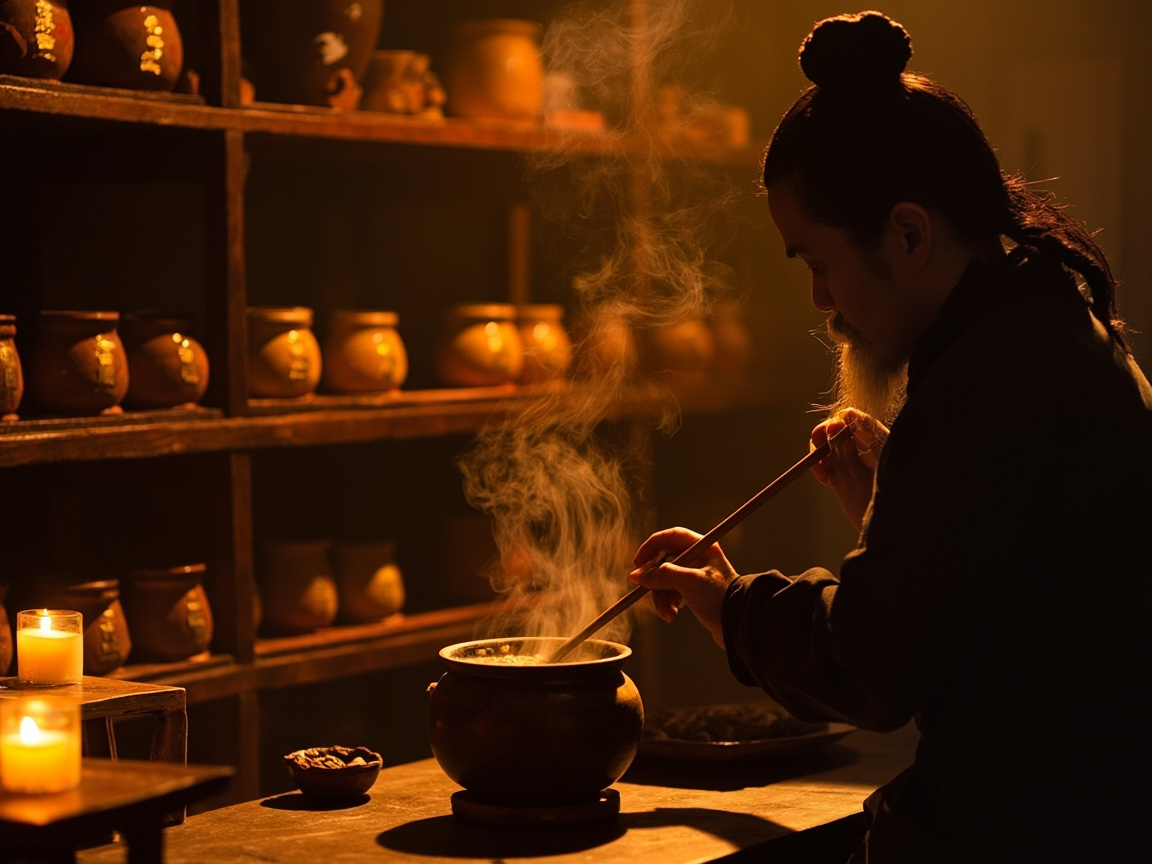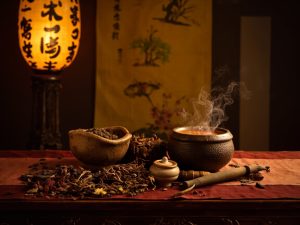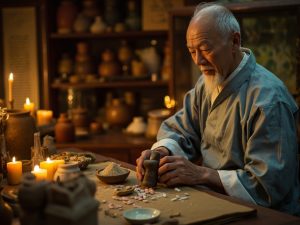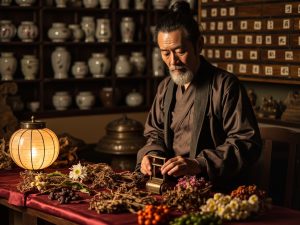Table of Contents
ToggleMaxingshigan Tang – Nan Kaiyang
Author: Nan Kaiyang Editor: Gu Yuxi Translator: Gu Yuxi
Original Text:
Clause 63 of Shanghan Lun : After sweating, Guizhi Tang (Cinnamon Twig Decoction) should not be administered again; if there is sweating with wheezing and no significant fever, Maxingshigan Tang (Ephedra, Apricot Kernel, Gypsum, and Licorice Decoction) is indicated.
Interpretation:
“Sweating with wheezing and no significant fever” — this “heat” differs from the “heaviness and fever” syndrome of Taiyang wind-stroke.
Modern medicine defines the fever in wind-stroke as an interplay between the immune system and viruses, which shares similarities with the concept of “yang qi floating causing heat spontaneously.”
The yang qi, in this context, depends on the righteous qi among the various zang-fu organs and six channels, originating from the stomach.
When there’s an exterior repletion syndrome with a floating pulse, and dampness and water permeate the skin, that kind of heat is a damp-heat syndrome characterized by heat trapped on the skin’s surface that cannot disperse, accompanied by very viscous sweat.
However, in this clause, “sweating with wheezing and no significant fever” does not refer to the sticky sweat of exterior repletion. Furthermore, with only a slight fever, the symptoms are more consistent with lung heat cough after fluid depletion. Unlike Xiao Qing Long Tang (Minor Bluegreen Dragon Decoction), where cough is the primary symptom, this clause emphasizes severe wheezing.
According to the Jinkui Yaolue (Synopsis of Prescriptions of the Golden Chest) chapter on “Lung Atrophy, Lung Abscess, Cough, and Dyspnea,” this clause can be further developed as a classical reference. If lung heat continues to deplete fluids, extreme lung dryness and heat can develop into lung abscess. This connects Ma Xing Shi Gan Tang, as the foundational clause for lung heat, to the progression of diseases treated by Qian Jin Wei Jing Tang (Thousand Gold Reed Rhizome Decoction), Jie Geng Tang (Platycodon Root Decoction), and Jie Geng Bai San (Platycodon Root White Powder).
Disclaimer:
The experiences and insights shared above represent the author’s personal usage and understanding, and are provided for reference only as part of academic exchange. Please do not blindly replicate or apply them; any consequences arising from such actions are solely your responsibility. As individual constitutions vary, medication should be tailored accordingly. It is advisable to use such treatments under the guidance of a qualified physician. If you have additional experiences to share, comments and submissions are welcome.
If you appreciate my article, please give it a like.
If you are a generous and affluent individual, please consider making a donation!
Your recognition is my greatest motivation to continue writing—thank you very much!
USD Donation Button —
A RMB donation button is available below.
 微信赞赏
微信赞赏 支付宝赞赏
支付宝赞赏




